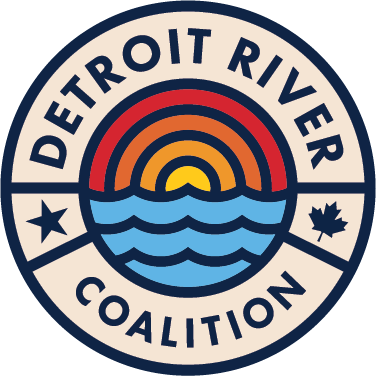World Ocean Day Exhibition
June 9th - 18th at the Belle Isle Aquarium
IN PARNTERSHIP WITH:
Goal:
Art and design are powerful ways to impact society and drive societal change due to their role in conveying human values and ideas, developing social, cultural, and individual identities, and offering innovative approaches to communication and dialogue around complex issues. This exhibition will highlight 17 artists from across Michigan and Ontario, using art and design as a voice in the climate action narrative for our Great Lakes region.
All waterways connect to each other. Belle Isle is a 982-acre island in the Detroit River, a shared international waterway. The Detroit River flows into the Great Lakes, which enters into the World's Ocean through the St. Lawrence River. Our behavior locally has a global impact. The goal of this exhibition of work is to evoke conversations, critical thinking, self-assessment, and solution-based action to plastic pollution and its impact on our waterways in Detroit, the Great Lakes, and around the world.




